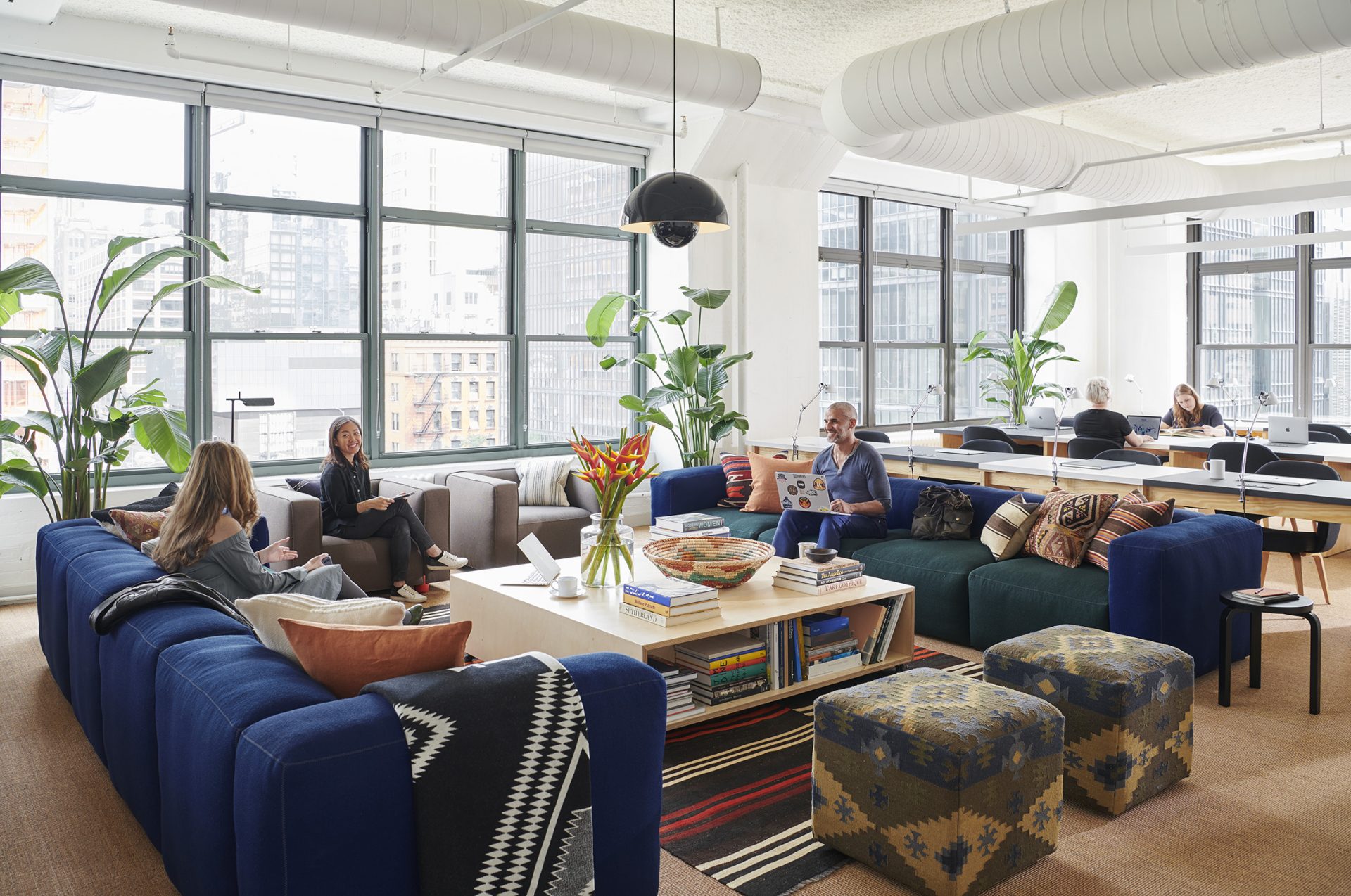RETHINKING UNHCR REFUGEE COMMUNITIES | ENNEAD LAB
DESCRIPTION
Can refugee settlements be a benefit to the host community rather than a burden?
This 2015 AIANY Honor award-winning project is a collaboration between Ennead Lab, Stanford University and the United Nations High Commissioner for Refugees, exploring the process of planning, building and operating refugee settlements, with the goal to nurture mutually beneficial relationships among refugees and host communities alike, all with an eye towards durable solutions and rational exit strategies
In collaboration with Stanford University and the United Nations High Commissioner for Refugees the project mission is to help UNHCR meet its commitment to “enable refugees to access and live in dignity in secure settlements that improve their social, economic and environmental quality of life as a community.”
Due to daunting political and security conditions and the shortage of available land, not all refugee settlements meet established guidelines. This project was undertaken in response to UNHCR’s need to change its process of planning, building and operating refugee settlements; the goal is to nurture mutually beneficial relationships among refugees and host communities alike, all with an eye towards durable solutions and rational exit strategies..
The Toolkit is a systematic framework for integrating information, design, technical tools and the expertise of multiple disciplines and stakeholders to better plan settlements. This framework operates at three physical scales: macro, mezzo and micro, and three stages of camp evolution: contingency, durable and exit phases. The Toolkit will enable UNHCR to plan and design refugee settlements in a more holistic manner by improving the selection process for potential camp sites and by defining the means to link refugees and host communities for their mutual benefit.
This system will also allow UNHCR planners to evaluate local ecological conditions and design camps that maintain a sustainable relationship between refugees and the land. Information gathered will be fed back into the process so that future efforts draw upon past experience. Initial testing of the toolkit has yielded superior results within a limited time frame and with no added capital costs.
The Toolkit will benefit refugees by improving their health, safety, nutrition and access to education and economic opportunity. It will benefit host communities by leveraging the economy and aid that camps can offer. Underlying the Toolkit’s methodology is the belief that regardless of their labels – camp, settlement, etc. – refugee communities should offer their citizens and neighbors the quality of life possible in more normative urban and semi-urban society.
- AIA Honor Award 2015
- MoMA Exhibition 2016 ‘Insecurities’
DETAILS
LOCATION: Global
YEAR: 2015 – On going
SIZE: –
PROGRAM: Urban Design & Planning
TEAM
ENNEAD LAB + UNHCR

